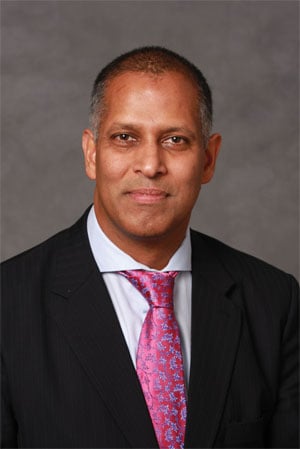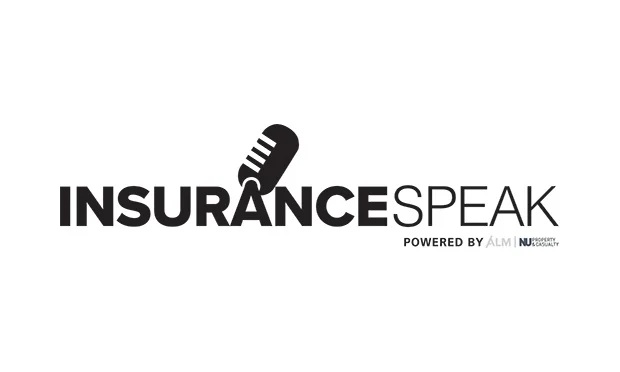 Chartis has fortified its C-suite with the newly created role of chief science officer: Murli Buluswar has been tasked with assembling a team of thought leaders who together will identify global trends that will shape the insurance market over the next decade.
Chartis has fortified its C-suite with the newly created role of chief science officer: Murli Buluswar has been tasked with assembling a team of thought leaders who together will identify global trends that will shape the insurance market over the next decade.
Chief science officer is a new position. What responsibilities are within your scope?
The most intriguing aspect of my work is that there are no well-defined boundaries. The science officer is a horizontal function, with the mission of blending the art of decision-making with the science of the same.
Every person on the science team will be required to stretch their thinking— to understand what is happening in the world around us and to connect that to advancing Chartis' business goals. The position reports to the CEO, Peter Hancock, with the goal of supporting every business unit and function.
Do you define the parameters/topics of your projects, or are they assigned to you?
A little bit of both. The work that the science team will do has multiple time horizons and will range in complexity and open-endedness. All of the opportunities we address are defined in deep partnership with the business leaders whom the science team serves; most are proactively defined by the business [side], and a few are the result of our scanning broader industry and research insights and connecting them to potential value to our business.
What is the research process like? Are there set steps, or is each project approached differently?
We are in the throes of articulating a structured approach. At the core is making sure we ask a series of questions including precise problem definition, why it matters, what hypotheses we may have, what cultural/infrastructure challenges we might face, how we may execute the insights, etc. This allows us to prioritize and crisply articulate our [goals]. The precise analytical approach would clearly vary for each problem, but the core themes with respect to connectivity, communication, innovation in analytical techniques/data sources and ensuring the problem definition is precise are consistent themes within the science team.
You are currently assembling your research team. Who are you looking to recruit and how are they going to assist you in your work?
Typically, candidates with a background in economics, statistics, mathematics, computer science, engineering or business with insurance or cross-vertical expertise would fit the bill—but our bigger goal is to attract talent that is multifaceted. I am not tied to insurance-industry experience, although I certainly value that. The core skills are more critical than the precise experience.
How will your team interface with Chartis' business side?
The science team is on a mission to build deep partnerships with each business function such that the lines between science and the business we support are blurred. We will partner at every step of the way, starting with problem-definition through implementation and back-end verification. That connectivity to the end outcome ensures greater accountability and will shape how we approach the analytics.
At the end of the day, we need to measure our success not by the brilliance of the insights but by the value the insights have garnered as a result of implementation and measurable financial impact.
—Interviewed by Anya Khalamayzer
|Want to continue reading?
Become a Free PropertyCasualty360 Digital Reader
Your access to unlimited PropertyCasualty360 content isn’t changing.
Once you are an ALM digital member, you’ll receive:
- Breaking insurance news and analysis, on-site and via our newsletters and custom alerts
- Weekly Insurance Speak podcast featuring exclusive interviews with industry leaders
- Educational webcasts, white papers, and ebooks from industry thought leaders
- Critical converage of the employee benefits and financial advisory markets on our other ALM sites, BenefitsPRO and ThinkAdvisor
Already have an account? Sign In Now
© 2024 ALM Global, LLC, All Rights Reserved. Request academic re-use from www.copyright.com. All other uses, submit a request to [email protected]. For more information visit Asset & Logo Licensing.








